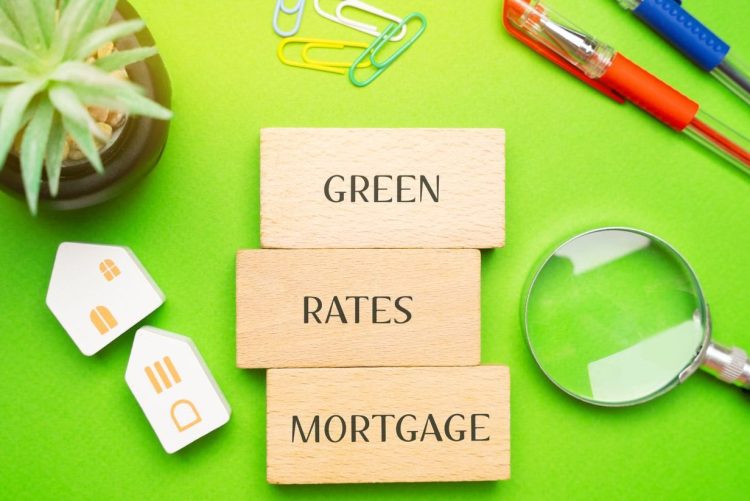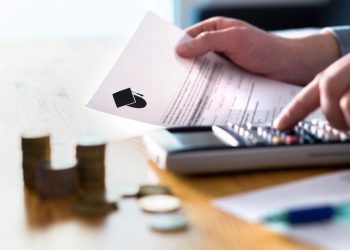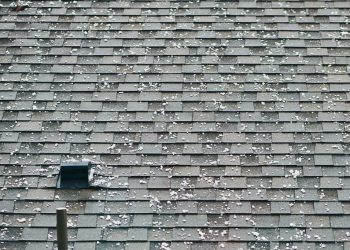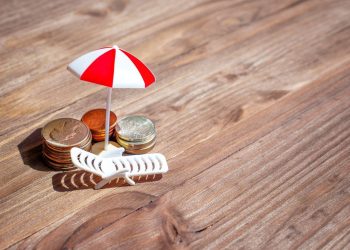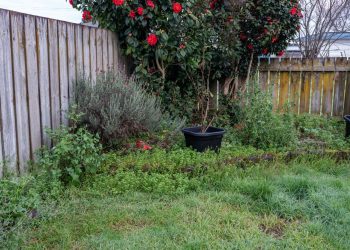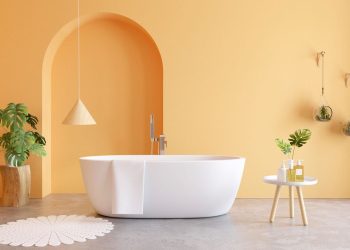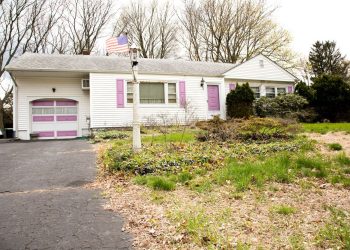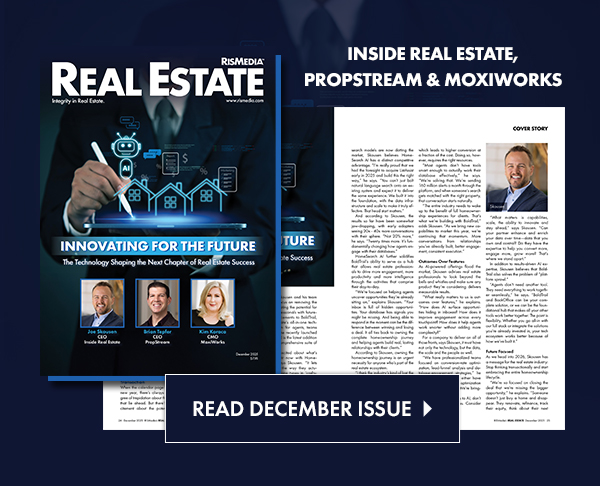A house with energy-efficient features can save you money on your utility bills, but those kinds of improvements can be expensive. An energy-efficient mortgage can make it easier to purchase a home with green features or to upgrade the house where you currently live.
What Is an Energy-Efficient Mortgage?
An energy-efficient mortgage, also known as a green mortgage, is a loan that’s designed to make energy-efficient homes more affordable. You can use an EEM to buy an energy-efficient house or to purchase a house that lacks green features and make upgrades. The cost of those improvements can be included in your mortgage so you can pay for them over time.
You can also use an EEM to make the house where you currently live more energy efficient. If you refinance your existing mortgage, you can roll the cost of upgrades into your new loan.
An EEM can be used to fund a wide range of projects. For example, you can replace windows and doors, add insulation, install a new furnace or solar panels, replace toilets and faucets with ones that will use less water, or install a programmable thermostat. Your anticipated savings on your utility bills should more than cover the cost of improvements. Lenders place limits on the amount of financing they will provide for energy-efficient upgrades.
How Can You Get an Energy-Efficient Mortgage?
The Federal Housing Administration, the Department of Veterans Affairs, Fannie Mae, Freddie Mac, numerous banks and credit unions, and some state housing finance agencies offer EEMs. Each institution has its own guidelines and requirements.
A lender will require an energy audit to assess the property’s current energy efficiency and estimate the impact of the improvements you’re considering. You might be able to include the cost of an energy assessment in your loan.
If you get approved for an EEM, you’ll have to make upgrades by a deadline set by the lender. Once the work has been completed, the house will have to be inspected.
Is an Energy-Efficient Mortgage Right for You?
A green mortgage can be a good option if you want to buy an energy-efficient home. Since you’ll spend less on your monthly utility bills, you’ll qualify for a larger loan amount than you would otherwise be eligible for.
An EEM can also be a smart choice if you want to buy a house that needs some upgrades to make it more energy efficient. Keep in mind that a lender will put a cap on the amount of financing you’ll get for those projects. If a house needs several expensive improvements, an EEM might not be the best fit.
If you want to make your current home more energy efficient, you have other options. If you have significant equity, you can choose a home equity loan or a cash-out refinance. You can also use a personal loan to finance home improvements, but you’ll likely have a higher interest rate. Explore your options to figure out which solution will work best for you.



